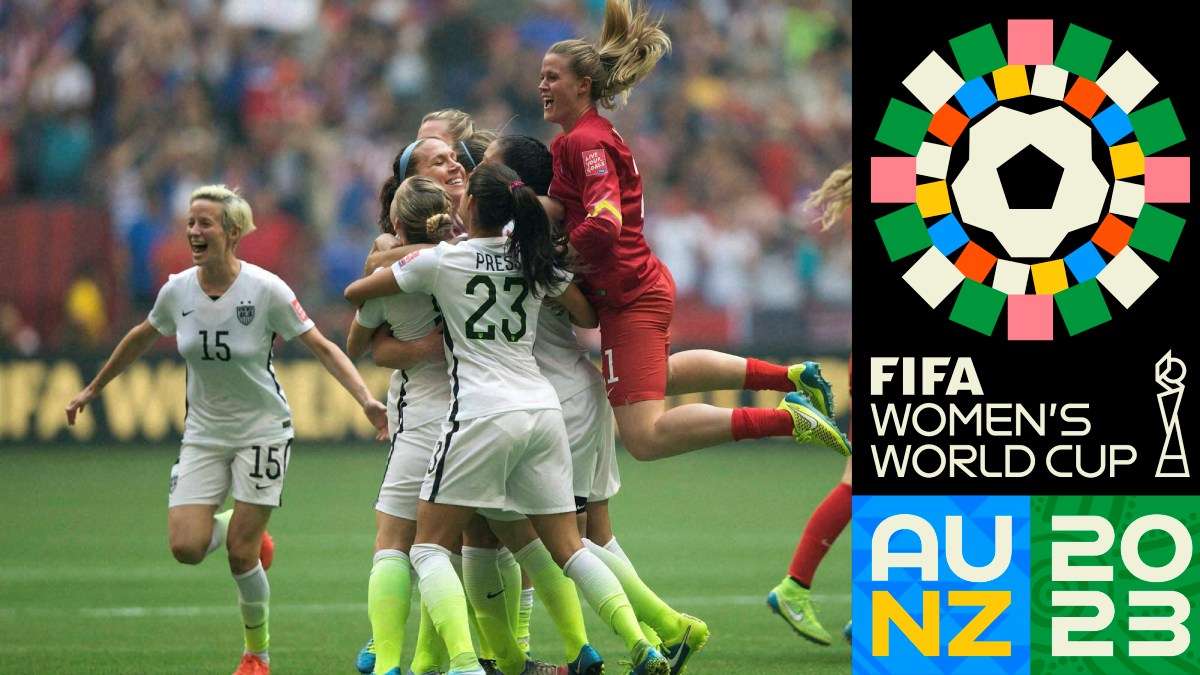2023 FIFA Women’s World Cup kicks off today in Auckland

The 2023 FIFA Women’s World Cup is finally here! The tournament kicks off today, July 20, in Auckland, New Zealand, with a match between the hosts and Norway. The final will be played on August 20 at Sydney Olympic Stadium in Australia.
This year’s tournament is the biggest and most ambitious Women’s World Cup yet. For the first time, 32 teams will compete, up from 24 in the previous edition. The tournament will also be held across two confederations, with matches being played in Australia and New Zealand.
The favorites to win the tournament are the same as always: the United States, France, and Germany. However, there are a number of other teams who could challenge for the title, including England, Spain, and Canada.

Inequity within the women’s game on display
The 2023 Women’s World Cup is also a showcase for the inequity within the women’s game. The prize money for this year’s tournament is just $30 million, compared to $440 million for the men’s tournament in 2022. The disparity in pay and resources is a major barrier to the growth of the women’s game.
Another example of inequity is the lack of media coverage for women’s football. The 2019 Women’s World Cup final was watched by an estimated 1.12 billion people worldwide, but this still pales in comparison to the 3.57 billion people who watched the 2018 Men’s World Cup final. This disparity in viewership is due in part to the fact that women’s football is not given the same level of media exposure as men’s football.
This inequity is not just unfair; it is also harmful to the growth of the women’s game. When women’s players are not paid fairly, they are less likely to be able to afford to train full-time, which means they are less likely to reach their full potential.
The good news is that there is growing awareness of this issue, and there are some signs of progress. For example, FIFA has pledged to reach pay parity by the 2026 World Cup.
However, there is still a long way to go. Until the women’s game is treated with the same respect and financial investment as the men’s game, we will continue to see inequity within the sport.
2023 Women’s World Cup a major opportunity for the women’s game
Despite the challenges, the 2023 Women’s World Cup is a major opportunity for the women’s game. The tournament will be seen by millions of people around the world, and it will help to raise the profile of the women’s game. It is also a chance for the players to inspire the next generation of girls and women to play soccer.
Full schedule for the 2023 FIFA Women’s World Cup
Here is a look at the full schedule for the 2023 FIFA Women’s World Cup:
Group Stage
- July 20-23: Group A (New Zealand, Australia, Spain, Vietnam)
- July 20-23: Group B (England, Norway, Northern Ireland, Austria)
- July 21-24: Group C (Japan, Canada, Cameroon, Chile)
- July 21-24: Group D (France, Brazil, Italy, Mexico)
- July 22-25: Group E (Germany, South Africa, Spain, China)
- July 22-25: Group F (United States, Netherlands, Sweden, Thailand)

Knockout Stage
- Round of 16: July 27-30
- quarterfinals: August 2-5
- semifinals: August 9-12
- final: August 20
I hope you enjoy the 2023 FIFA Women’s World Cup!
Full plan of 2023 Women’s World Cup is share below.
: 2023 FIFA Women’s World Cup kicks off today in Auckland

- Art
- Causes
- Best Offers
- Crafts
- Dance
- Drinks
- Film
- Fitness
- Food
- Games
- Festival
- Gardening
- Health
- Home
- Literature
- Music
- Networking
- Other
- Party
- Religion
- Shopping
- Sports
- Theater
- Wellness



